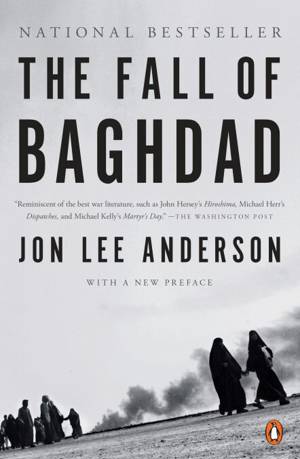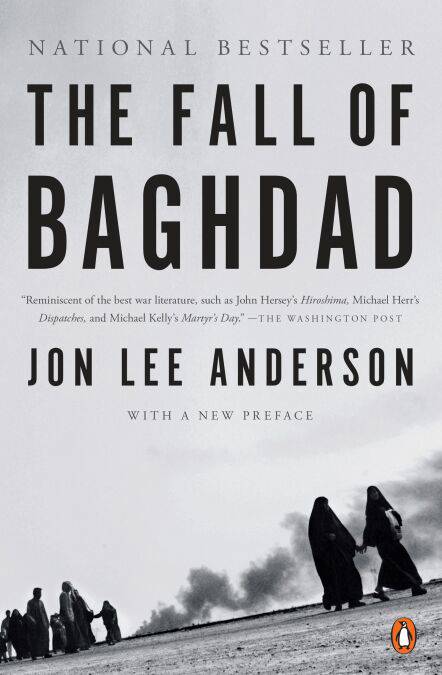
- Afhalen na 1 uur in een winkel met voorraad
- Gratis thuislevering in België vanaf € 30
- Ruim aanbod met 7 miljoen producten
- Afhalen na 1 uur in een winkel met voorraad
- Gratis thuislevering in België vanaf € 30
- Ruim aanbod met 7 miljoen producten
Zoeken
Omschrijving
In the months leading up to the American invasion of Iraq, this New Yorker correspondent “embedded’ himself among the people of Baghdad and, along with a small number of other Western reporters, rode out the entire invasion and much of the subsequent occupation from inside the city. Jon Lee Anderson’s dispatches from Baghdad were immediately and widely recognized as the most important writing anyone was doing on the war anywhere, for any publication. In recognition of its significance, The New Yorker routinely held the magazine open an extra day and set up a special production team to deal with the pieces; around the office, comparisons to John Hersey’s fabled article “Hiroshima” were flying.
The Fall of Baghdad is not a collection of New Yorker pieces, though; it is an original and organically cohesive narrative work that tells the story of what the people of Baghdad have endured at the hands of Saddam Hussein, during the war and during its aftermath. This is not a pro- or anti-war book; the point is to bear witness to what the people in this city have endured, to put a human face on a calamity of epic dimensions. The focus alternates among a small cast of characters, a group of disparate Iraqis who allow Anderson to bring to life different facets of the story he wants to tell; and he fills in the canvas around his figures with rich background that makes their significance sing, and helps bind the book together as the definitive reckoning with one of the most fateful stories of our time.
The Fall of Baghdad is not a collection of New Yorker pieces, though; it is an original and organically cohesive narrative work that tells the story of what the people of Baghdad have endured at the hands of Saddam Hussein, during the war and during its aftermath. This is not a pro- or anti-war book; the point is to bear witness to what the people in this city have endured, to put a human face on a calamity of epic dimensions. The focus alternates among a small cast of characters, a group of disparate Iraqis who allow Anderson to bring to life different facets of the story he wants to tell; and he fills in the canvas around his figures with rich background that makes their significance sing, and helps bind the book together as the definitive reckoning with one of the most fateful stories of our time.
Specificaties
Betrokkenen
- Auteur(s):
- Uitgeverij:
Inhoud
- Aantal bladzijden:
- 400
- Taal:
- Engels
Eigenschappen
- Productcode (EAN):
- 9781101200940
- Verschijningsdatum:
- 22/09/2004
- Uitvoering:
- E-book
- Beveiligd met:
- Adobe DRM
- Formaat:
- ePub

Alleen bij Standaard Boekhandel
+ 7 punten op je klantenkaart van Standaard Boekhandel
Beoordelingen
We publiceren alleen reviews die voldoen aan de voorwaarden voor reviews. Bekijk onze voorwaarden voor reviews.












